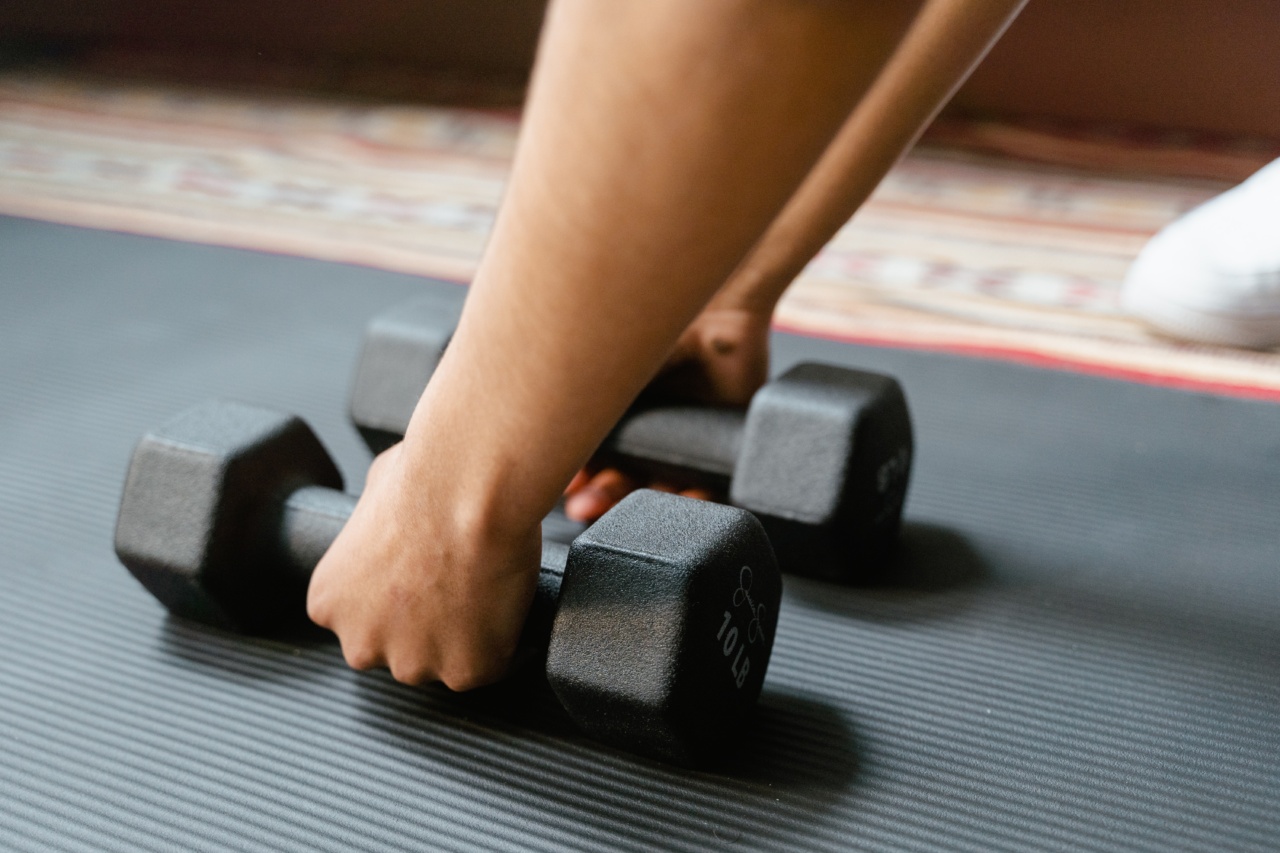Exercise is essential for human health, and it offers numerous benefits, including improving cardiovascular health, reducing the risk of chronic diseases, and maintaining a healthy weight.
However, there are times when exercise can cause injuries, which can lead to long-term damage and frustrated individuals. While the idea of strengthening breaks may seem counter-intuitive, these exercises may help reduce the risk of injury, allowing you to enjoy all the benefits of working out safely.
What are strengthening breaks?
Strengthening breaks are exercises that are done periodically throughout the day to help prevent injuries and maintain good health and fitness.
They help you keep your muscles and joints strong, which is important for preventing injuries while exercising.
These exercises can be done in a variety of ways, including by performing stretches, taking walks, or doing some light weightlifting.
In general, they are low-impact exercises that can be done anywhere, at any time, making them a convenient way to sneak in some extra fitness throughout the day.
Why are strengthening breaks important?
Strengthening breaks are important because they help protect your body from injury and maintain your overall health and wellbeing. When you exercise, your muscles and joints are put under stress, which can cause micro-damage to the tissues.
This is normal, and the body can usually repair the damage on its own. However, if you exercise too much or fail to properly strength-train your muscles, this damage can accumulate and eventually lead to injury.
Strengthening breaks, therefore, help keep your muscles and joints strong, which can help prevent these types of injuries from occurring. They also promote good posture and flexibility, which can help improve your overall health and wellbeing.
How to do strengthening breaks
Strengthening breaks can be done in a variety of ways, depending on your fitness goals and what you have available. Here are just a few examples:.
Stretches
Stretching is an excellent way to relieve tension, improve flexibility, and reduce the risk of injury. There are many different stretches you can do, including:.
- Hamstring stretch – sit on the floor with one leg straight out in front of you and the other bent with the foot touching the inner thigh of the straight leg. Reach forward with your hands, trying to touch your toes. Hold for 30 seconds and then release. Repeat with the other leg.
- Quad stretch – stand with your feet shoulder-width apart and hold onto a wall or chair for balance. Bend one leg behind you and grab your ankle with your hand. Hold for 30 seconds and then release. Repeat with the other leg.
- Shoulder stretch – stand or sit with your back straight and your arms hanging down at your sides. Slowly raise both arms out to the side and then above your head, keeping them straight. Hold for 30 seconds and then release.
Walking
Walking is one of the easiest and most effective ways to improve your cardiovascular health and reduce the risk of injury. Aim to take at least a 10-minute walk or two shorter walks throughout the day.
Light weightlifting
If you have access to dumbbells or other weights, you can incorporate light weightlifting into your strengthening breaks to help build muscle strength and improve your overall fitness.
Make sure to use weights that are appropriate for your fitness level and don’t push yourself too hard.
Conclusion
Strengthening breaks are an easy and effective way to improve your fitness and reduce the risk of injury while exercising. They can be done in a variety of ways, including by doing stretches, walking, and light weightlifting.
So next time you go for a workout or sit for too long at your desk, remember to take some time to strengthen your body during the day.




























